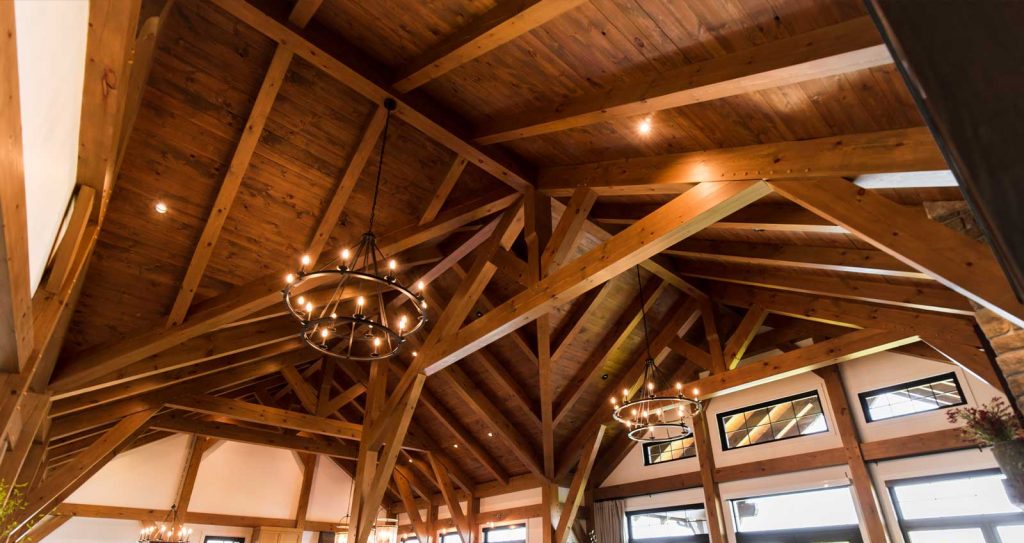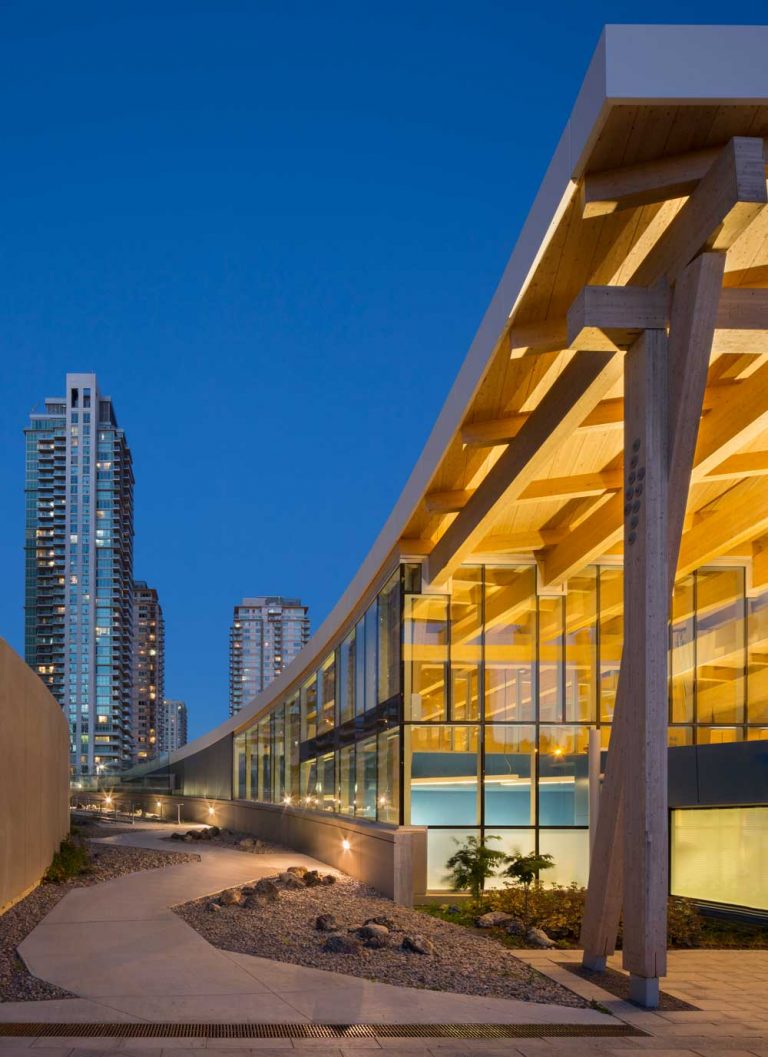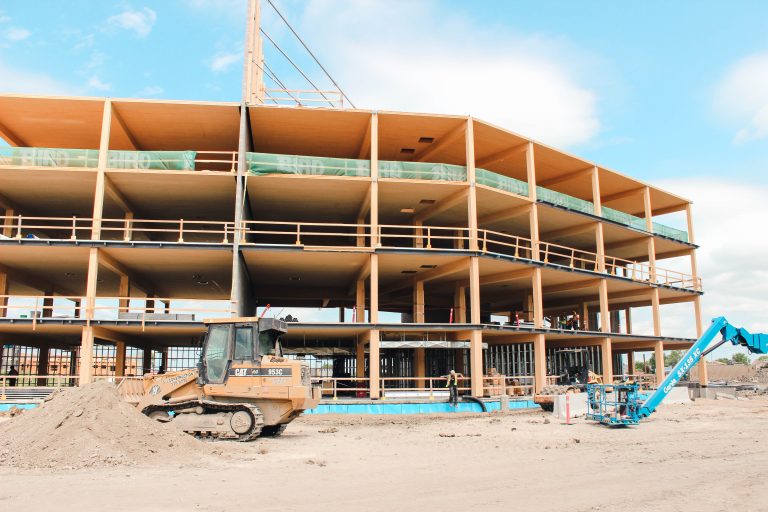A New View of Home Ownership
Building or buying a house is a big financial undertaking and while many people carefully consider the purchase price and may even inquire about month-to-month expenses, very few look at the “everything in” cost of owning a home.
Total Cost of Ownership (TCO) is a concept familiar to many commercial facility managers. For the rest of us, it invites us to wake up and smell the coffee and change how we think about building and owning our homes. The most sobering revelation is that in North America, the purchase price is a relatively small part of the total cost! Most of the ownership cost is made up of operating, maintenance, and renewal, however at the top of the TCO list is energy consumption.

Taking a long view is the shift we need to make, but it goes against our natural inclination. We prefer to keep our attention on near-term challenges (what to make for tonight’s supper, the kids’ summer camp options). But when decisions are made with a longer view in mind the payoffs can be huge. Consider the typical detached family home in your area. If it is close to the national average, it will consume 110 gigajoules of energy every year. Prices for energy vary widely, depending on where you live. In a low-cost place like Manitoba, Canada (cold winters, warm summers, but cheap electricity) the average pre-tax expenditure for energy is around $2,100 per year. Thus, a homeowner living in a typical detached home will spend over $100,000 on energy alone, over the five decades they reside there.
Early Attempts at Saving Energy
Beginning in the early 1970’s a series of energy crises created a surge in “low energy” home designs and materials. In New Mexico and Arizona “Earthship” homes were built with massive walls, and where the terrain allowed, were built into the sides of hills. Further north, strawbale houses were more common. Rammed earth, adobe, clay-straw “Eco-nests” also had various levels of uptake. The challenge intrinsic to all these innovative methods is that while they often achieved high efficiencies, they required big investments of research, labour, and skill. Their “otherness” made mortgage providers skittish, caused engineers to break out in hives, and were stoutly resisted by building authorities.
While only a few hundred Earthship homes were built during the 70’s a factory-made alternative was gaining commercial attention and bit by bit, market acceptance. Structural Insulated Panels (SIPs), also known as “stress skin panels” had been around since the late 1940’s, used primarily for walk-in freezers and coolers. Their design was ingenious and super-simple: a Styrofoam core glued between two plywood or OSB sheets. Built in a controlled plant environment and rigorously tested they overcame the financing, engineering, and many of the bureaucratic hurdles of the Earthships and straw bale designs.
Homes built with SIPs reported 30-40% energy savings, were much less drafty and showed exceptional resilience in places where hurricanes routinely flatten stick-framed homes. But they also had annoying shortcomings. SIP roofs are “hot roofs”, they don’t have a space for air to move under the shingles as in your standard house with an attic and vented soffits. On a hot roof, asphalt shingles, even good quality ones, will curl and fail prematurely. Furthermore, the lack of an air space means that a tiny gap at a panel-to-panel seam is a guarantee of condensation, rot, and moisture infiltration. Well-trained installation crews certainly try, but it’s hard to find and fill every gap. And what to do with SIP waste, or when a home is renovated or arrives at its end of life? Foam and its constituent compounds persist in the environment for hundreds of years. Although recycling is technically possible, no one is offering it.
A Better Way: Net Zero (NZ)
Imagine a home that once built doesn’t require an annual budget for heating or cooling! In other words, it’s saving the homeowner a few thousand dollars every year, is more comfortable and because of its highly efficient envelope needs minimal heating and cooling equipment. What power is needed comes from solar panels and when the sun is hiding it can pull power from the grid. When sunshine is abundant, it puts energy back into the grid and earns a credit. That’s the objective of Net Zero – build a well-insulated home and equip it with enough solar panel or other renewable capacity to reach the equilibrium between energy in and energy out.

And Better Yet: Passive House (PH)
Passive goes one step further, it’s more rigorous about airtightness, requires higher insulation values and wherever possible uses natural solar gain and shading to further minimize the need for power. Passive homes in many climates can get entirely away from furnaces and air conditioners – and that’s the passive aspect, little to no active heating or cooling. They can also get by with smaller PV solar arrays that supply power for all lights and appliances. In colder climates a connection to the local electrical grid is used as a fallback. In many instances a passive house can achieve a Net Positive energy balance.
Both Net Zero and Passive House approaches are not without challenges. A key one is that foundations, walls, and roofs are made of many more layers, each with a specific role in managing energy and moisture flows. This complexity requires knowledgeable designers, builders, and tradespeople, as small errors in design or execution can seriously impact performance. And Passive House standards translate into longer than normal timelines for ordering the high-performance windows, solar equipment, and mechanical systems. As of this blog (Q2/23) the number of builders with NZ or PH know-how remains far too small for the serious transition that should be underway in cities across North America.
Overdue: A New Way to Build
Home construction is caught between an old mode of work that has failed to adapt and a new but complicated one that promises good results, if only more people knew how to build that way. If Net Zero or Passive House are to become mainstream a better way to achieve them is needed. At a minimum, that “better way” would need the following ingredients:
- Simple. Current high-performance techniques are complex and need expertise to ensure they are done right. Complexity is a barrier to acceptance by building trades, which in turn limits the supply of high-quality homes. Fool-proof is what is needed, or a systemized approach that’s obvious and not prone to mix-ups.
- Robust. Longevity and resilience need to be a priority, especially with the increase in severe weather and our changing climate. Disposable, code-minimum buildings are a loss to homeowners and a drain on our finite planetary resources.
- Precise. When building assemblies fit tightly together, a host of problems are avoided, and numerous advantages are gained.
- Healthy. Building material choices can support or erode human health. We spend 80% of our lives inside homes and workplaces, so physical and mental wellbeing needs to be a key consideration in what and how we build.
- Affordable. How does one build an energy-efficient place to live and keep it financially within reach? A solution should be both immediately affordable and provide an attractive TCO for the long haul.
Next month, I’ll introduce you to a new approach that has all these elements, uses local materials, and leverages the best of what modern design can offer.














